How to grow Pumpkin or Zapallo: sowing, irrigation, harvest and others
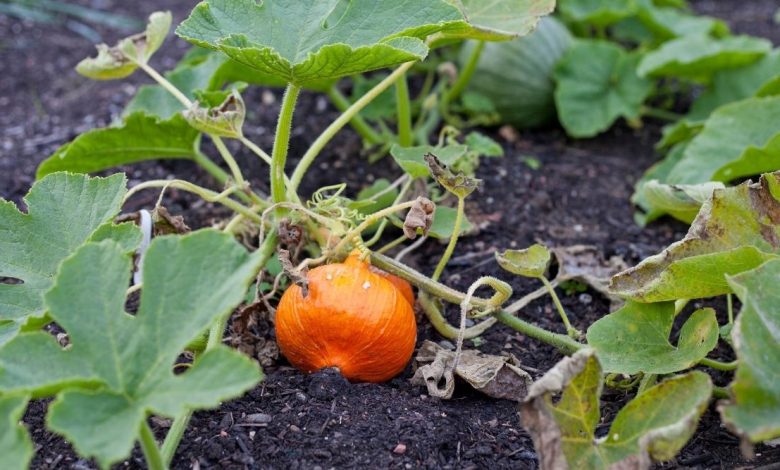
Hello to all Farmers! Today we are going to talk about pumpkin cultivation. As you know, there are many types of pumpkins, so I am going to talk about the most common species, the traditional Halloween and Cinderella pumpkin, Cucurbita maxima, of which we can find multiple varieties.
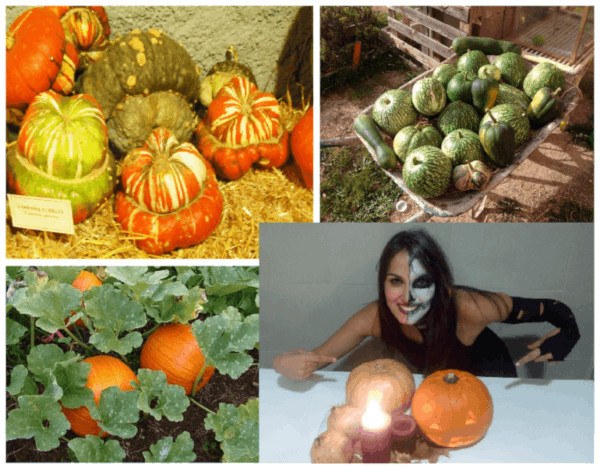
Characteristics of pumpkins or gourds
Pumpkin is a vegetable rich in vitamins (A, B, C and D) and minerals (potassium, calcium, iron…), and also, given its high water content, it is very diuretic and purifying. In addition, it does not make you fat, since its fat content is very low and it helps prevent constipation due to its laxative effect.
Given all the properties that the pumpkin has and its rich flavor, its use in the kitchen has been a complete success. Countries like Mexico, Chile or the USA use this vegetable in a wide variety of dishes. Pumpkin is not only used gastronomically and medicinally, but its ornamental use is also very common. For example the giant pumpkin at parties like Halloween.
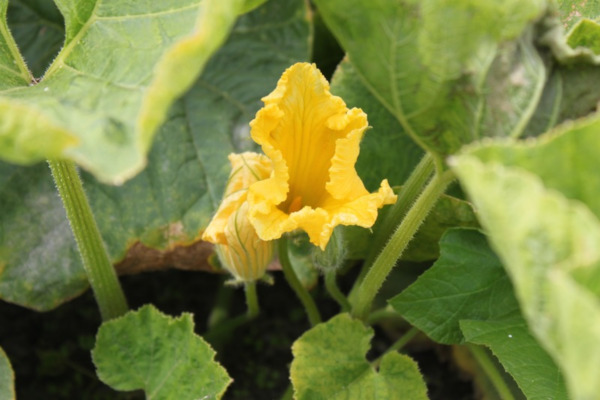
How is the Pumpkin or Zapallo plant
It is an annual, herbaceous, perennial and creeping plant with flexible and climbing stems. It has large, heart-shaped leaves with five lobes and well-marked veins. It presents abundant pilosity in both leaves and stem.
The flowers are yellow or orange and showy. The fruit, that is to say, the pumpkin, is a type of berry called peponide that presents polymorphism, which means that there is great variation in terms of certain characteristics such as shape or color, from which the different varieties that we have derived derive. previously mentioned.
Inside it contains numerous oval seeds, 2 to 3 cm long, which in turn contain a white and edible pulp; with which the traditional pumpkin seeds or pumpkin seeds are made.
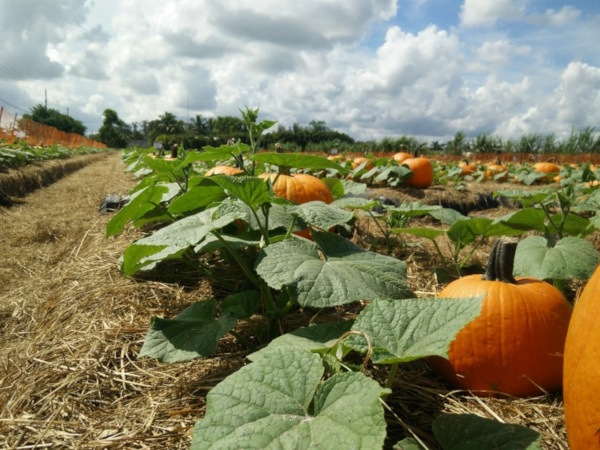
THE CULTIVATION OF THE PUMPKIN
sowing or planting
Pumpkin sowing is recommended to be done in spring, from March/April (northern hemisphere), to harvest it in September, and have them ready for Halloween! Always keep in mind that depending on the area in which you live, the temperatures vary in terms of the months of the year. Therefore, if you live in a cold city, you can delay planting a little, and if your city is warm, advance it.
You can get the seeds yourself from other pumpkins (always selecting the ones from the center of the fruit) or buy them at a garden store. Before sowing, it is advisable to soak them a day before.
Pumpkin planting can be done by direct seeding or in seedbeds. If it is still cold, opt for the nursery, to avoid those low temperatures, or you can also wait until May, when temperatures have increased.
If we opt for the seedbed option, we will plant the seeds in a protected seedbed and transplant them after the winter frosts. The ideal time to transplant the seedlings will be when the plants have two or three leaves and measure about 15 cm.
If we plant directly on the ground, we will introduce two or three seeds in each hole, to ensure germination (if they all germinate, then you can make a thinning and plant them in another place or give them to someone who wants to grow them).
Both in the transplant and in the sowing, we must leave a minimum distance of one and a half meters between each hole of seeds and rows, to leave them enough space since they develop horizontally.
If we want to plant in a pot, we must choose a very large one with a minimum depth of 40 cm, and if we want to achieve the maximum growth potential of the plant, it should have at least 60 liters of volume.
Soil, climate and sunlight requirements
Focusing on soil requirements, the squash is undemanding, easily adapting to almost any type of terrain. Although, given the choice, it prefers loose soils with a pH around 6.
The biggest problem with the pumpkin is that it requires a large amount of space for its growth as it is a creeping plant that develops horizontally, so keep this in mind when planning the location in the garden. Only a few varieties of dwarf squash can be grown in pots if you want good yields.
As for lighting, they need many hours of light, so reserve a place where they get direct sunlight for much of the day. They can be planted in places that do not get much sun, but this will slow their growth and at the end of the season the plant will probably produce fewer pumpkins.
The pumpkin is a vegetable that does not support the cold. It develops optimally at temperatures between 18º and 25º C. It does not resist frost or drought, although it tolerates very hot and relatively cold temperatures very well.
Watering the pumpkins
Irrigation is essential for pumpkin. Therefore, during the first 20 days, we will water it every three days, approximately.
It is provided for short but frequent periods of time, maintaining a certain constant humidity, controlling that waterlogging does not occur in the ground, as it could lead to root rot. Therefore, we must prevent the pumpkin plant from running out of water, watering it every time we see that the land is dry.
The layer of pumpkins
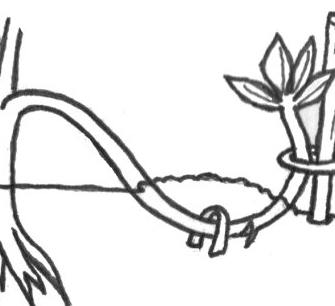
To help in the development of the fruit, when we see that the pumpkin is already growing, it is advisable to make a layer. The procedure consists of making a small cut or incision in the branch where the pumpkin is, which is covered with mulch or moist substrate and buried, so that the fruit takes better advantage of the nutrients in the soil.
When and how to harvest pumpkins or gourds
Depending on the area and variety, the time that elapses from sowing to harvesting the squash is usually about four or six months, so it occurs during the months of September, October and November (northern hemisphere), shortly before the winter frosts.
To collect them, we must see that the fruits have changed color and the skin is already hard. When cutting the pumpkin, it is advisable to leave a stem of about 5 cm. It is important to know that we must suspend irrigation a week before harvest.
Association of crops with pumpkin
Some of the compatible crops to associate with pumpkin are cabbage, lettuce, corn, chard, beans or tomato; With these combinations, nutrients are provided to the soil that benefit the plant.
You can also grow aromatic plants to repel harmful insects and attract allied insects in the garden, especially bees and bumblebees since they depend heavily on entomophilous (insect) pollination to bear fruit.
You already know how to grow it so… Don’t give it pumpkins!

![Photo of Raspberry: [Cultivation, Irrigation, Associations, Pests and Diseases]](https://www.complete-gardening.com/wp-content/uploads/2022/08/raspberry-cultivation-irrigation-associations-pests-and-diseases-390x220.jpg)
![Photo of Prune Kalanchoe: [Importance, Time, Tools, Considerations and Steps]](https://www.complete-gardening.com/wp-content/uploads/2022/08/prune-kalanchoe-importance-time-tools-considerations-and-steps-390x220.jpg)
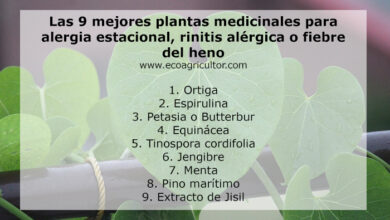
![Photo of Jade Plant: [Cultivation, Irrigation, Associations, Pests and Diseases]](https://www.complete-gardening.com/wp-content/uploads/2022/08/jade-plant-cultivation-irrigation-associations-pests-and-diseases-390x220.jpg)